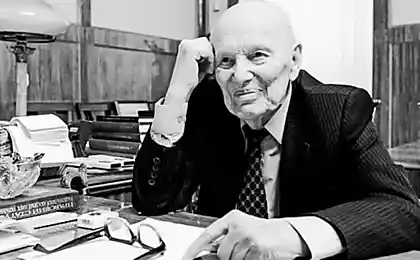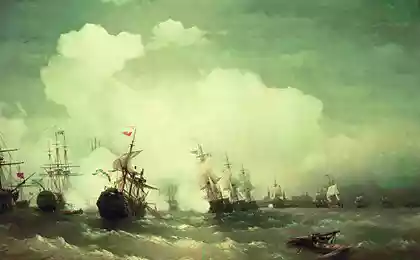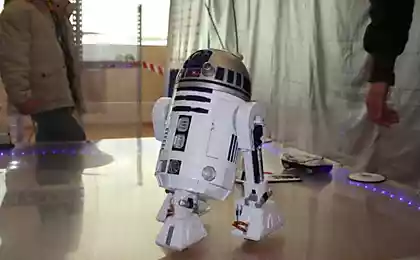953
RoboBee: the world's first flying robot submarine

Two years ago, Harvard engineers presented a miniature robot bee RoboBee a big "wings" of 3 cm and a weight of 80 mg. Now they have released a new advanced version of the robot, which is able to More and swim under water (see. the video under the cut). The developers say that the world's first robot-insect, embodies the ideas of the Soviet designer Boris Ushakov, предложившего design flying submarine in 1934 .
RoboBee underwater movement occurs by the same wings that the air wave with a frequency of 120 times per second using a piezoelectric motor of. "After various theoretical, computational and experimental tests, we found that the mechanics of the engine is very similar flapping in the air and under water, - says Kevin Chen (Kevin Chen), one of the inventors. - In both cases, the wings are moving back and forth. The only difference is in the frequency of the strides. " The density of water is about 1000 times higher than that of air, so that the frequency swings reduced from 120 to 9 sec.
For the 80-milligram robot does not yet exist a normal battery. In two years, engineers have not found anything suitable, so RoboBee still supplied via copper cable from an external source. To work in the water the electrical contacts covered waterproof paint.
But the robot is equipped with a real bee laser lidar to identify obstacles.
RoboBee so tiny that its weight is not enough to overcome the surface tension of water to be submerged in the normal way. So dive he leans to one side and work the wings.
There is another limitation: the robot is well down from the air into the water, but is not able to perform the reverse operation, that is to climb out of the water in the air, due to insufficient lift. Well, the engineers have a lot of work in the coming years, mastering grant the National Science Foundation in the amount of $ 1 1 million. That is the problem they are going to be solved in the near future.
Presentation of a flying robot submarine RoboBee held in Hamburg on International Conference on Intelligent Robots and Systems , where the work of Kevin Chen and his colleagues won the prize as the best student work.
The authors say that the same principles can produce floating-flying robots of different sizes, from a few millimeters to meters.
Source: geektimes.ru/post/264448/
Svetobudilnik in action - sunrise manually
The French company is going to turn roads into solar power























